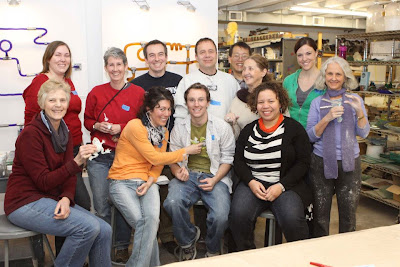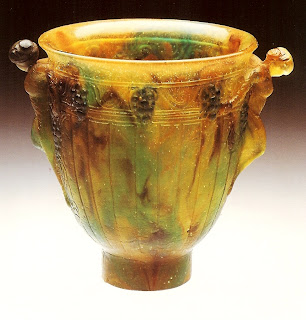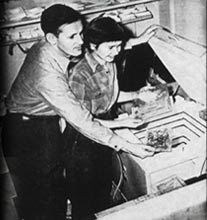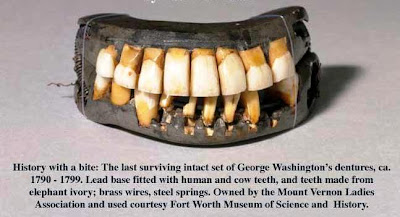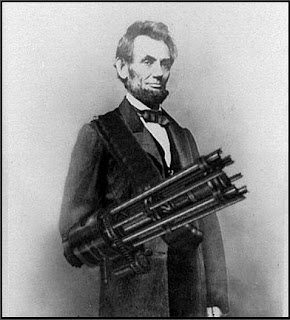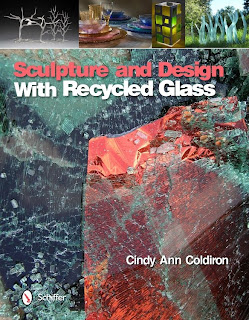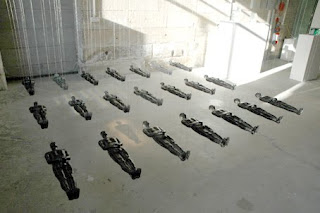> The New Materiality: Digital Dialogues at the Boundaries of Contemporary Craft is an exhibition that Fo Wilson had curated originally for the Fuller Craft Museum in Massachusetts in 2010. It has started a national tour and was on view at the Milwaukee Art Museum and the Asheville Museum in North Carolina. This April it will also travel to the Arkansas Art Center, opening April 13, 2012.
The New Materiality: Digital Dialogues at the Boundaries of Contemporary Craft is an exhibition that Fo Wilson had curated originally for the Fuller Craft Museum in Massachusetts in 2010. It has started a national tour and was on view at the Milwaukee Art Museum and the Asheville Museum in North Carolina. This April it will also travel to the Arkansas Art Center, opening April 13, 2012.
The exhibition examines the work of sixteen established and emerging makers working in traditional craft disciplines who are treading compelling territory between traditional mediums and emergent technologies.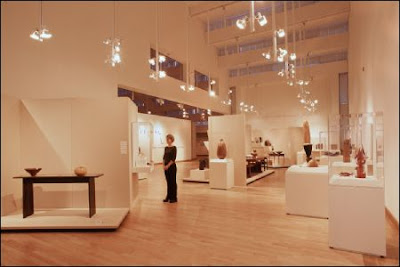
The Arkansas Arts Center features nine galleries as well as classrooms and a theater. The permanent collection includes American and European paintings, drawings, and sculptures from the 16th century to the present times.
A children’s theater and decorative arts museum is also part of the center. As home to famous Renaissance and Impressionist paintings as well as modern drawings and sculptures, the Arts Center has devoted over thirty years to build a unique collection of American and European works.
Tim Tate American (Washington, D.C., 1966 – )
Personal Installation: My Heart is Unbreakable, 2007
glass, video, mixed media
Arkansas Arts Center Foundation Collection: Purchase, Tabriz Fund. 2007.048
501 East 9th Street, Little Rock, AR 72202
April 13 – August 5, 2012
click HERE to jump to Arkansas Arts Center website.

